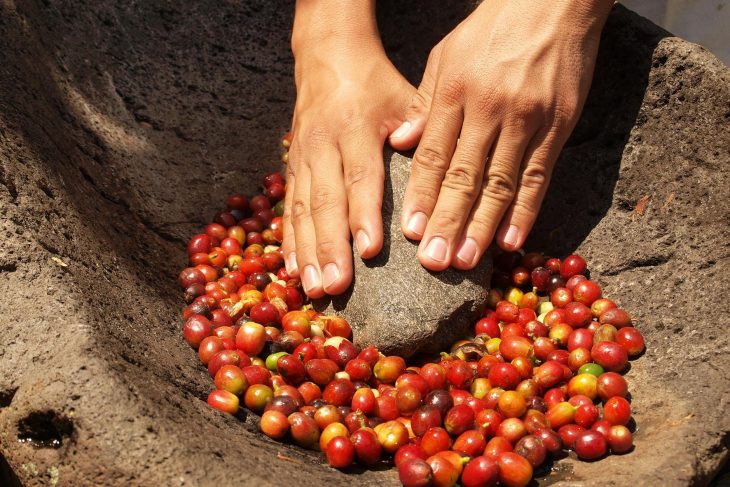The beginnings of agriculture changed human history and has fascinated scientists for centuries.
Researchers from the Grantham Centre for Sustainable Futures at the University of Sheffield have shed light on how hunter-gatherers first began farming and how crops were domesticated to depend on humans.
Domesticated crops have been transformed almost beyond recognition in comparison with their wild relatives — a change that happened during the early stages of farming in the Stone Age.
For grain crops like cereals, the hallmark of domestication is the loss of natural seed dispersal — seeds no longer fall off plants but have become dependent on humans or machines to spread them.
Professor Colin Osborne, from the Grantham Centre for Sustainable Futures at the University of Sheffield, said: “We know very little about how agriculture began, because it happened 10,000 years ago — that’s why a number of mysteries are unresolved. For example why hunter-gatherers first began farming, and how were crops domesticated to depend on people.
“One controversy in this area is about the extent to which ancient peoples knew they were domesticating crops. Did they know they were breeding domestication characteristics into crops, or did these characteristics just evolve as the first farmers sowed wild plants into cultivated soil, and tended and harvested them?”
The new research, published in the journal Evolution Letters, shows the impact of domestication on vegetable seed size.
Any selective breeding of vegetables by early farmers would have acted on the leaves, stems or roots that were eaten as food, but should not have directly affected seed size.
Instead, any changes in vegetable seed size must have arisen from natural selection acting on these crops in cultivated fields, or from genetic links to changes in another characteristic like plant or organ size. In the last instance, people might have bred crops to become bigger, and larger seeds would have come along unintentionally.
The University of Sheffield researchers gathered seed size data from a range of crops and found strong evidence for a general enlargement of seeds due to domestication.
They discovered domesticated maize seeds are 15 times bigger than the wild form, soybean seeds are seven times bigger. Wheat, barley and other grain crops had more modest increases in size (60 per cent for barley and 15 per cent for emmer wheat) but these changes are important if they translate into yield.
“We found strong evidence for a general enlargement of seeds due to domestication across seven vegetable species,” said Professor Osborne.
“This is especially stunning in a crop like a sweet potato, where people don’t even plant seeds, let alone harvest them. The size of this domestication effect falls completely within the range seen in cereals and pulse grains like lentils and beans, raising the possibility that at least part of the seed enlargement in these crops also evolved during domestication without deliberate foresight from early farmers.”
Professor Osborne added: “Our findings have important implications for understanding how crops evolved, because they mean that major changes in our staple crops could have arisen without deliberate foresight by early farmers.
“This means that unconscious selection was probably more important in the genesis of our food plants than previously realised. Early increases in the yields of crops might well have evolved in farmers’ fields rather than being bred artificially.”
Story Source:
Materials provided by University of Sheffield.



